Of the Noble germander was already used in ancient Greece as a medicinal herb against various diseases of the upper respiratory tract and as a medicine against gout in the Middle Ages.Nowadays, long-term use of Edel-Gamander is not recommended, as an overdose can lead to liver damage. As a carefully used natural remedy, however, the plant can counteract countless ailments in a gentle way.
Occurrence & cultivation of the noble gamander
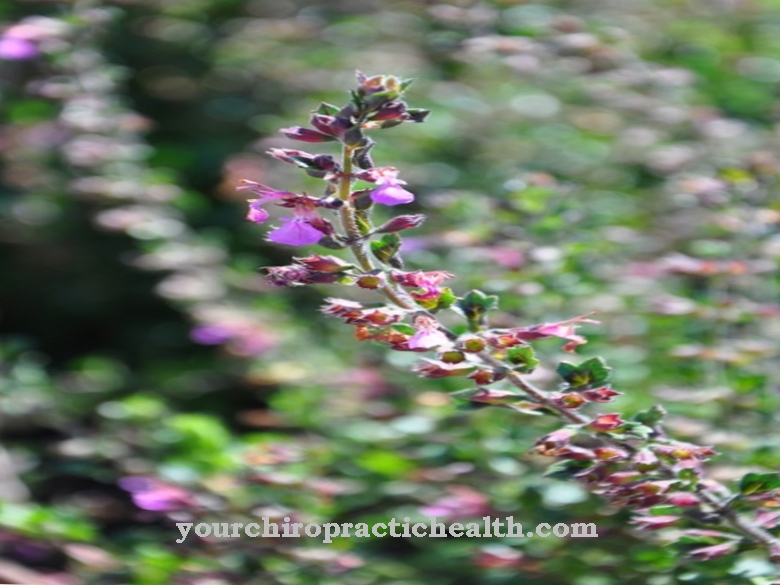
Of the Noble germander describes a subshrub native to Europe that belongs to the mint family. With other, closely related species, it forms the genus Teucrium within this plant family. Also under the name Sheepweed known plant reaches heights of growth of about thirty centimeters and develops long runners that creep along the ground.
The noble germander forms stems that quickly lignify in the lower area, as well as egg-shaped leaves only a few centimeters in size and slightly serrated at the edge. All parts of the plant give off a smell that is mostly perceived as pleasant. The most noticeable distinguishing feature of the noble gamander are its pink to purple-red delicate flowers, which appear between June and September. From these, Klausen fruits develop in midsummer, which contain the seeds.
The noble germander thrives best in direct sun and warm surroundings. It needs lime-rich, low-nitrogen and poor soil conditions. It can often be found in dry places interspersed with scree in sparse forests and on rough meadows. In Central Europe, the noble germander is available in many nurseries and can be cultivated in stone and perennial gardens without any problems. It thrives best when it is accompanied by other drought-loving herbs such as sage, rosemary or oregano.
Effect & application
In the past, the noble gamander was considered a popular and versatile medicinal herb that was particularly effective against gout. Since its liver-stressing properties gradually became known, the noble germander fell into oblivion and is now only rarely used in phytotherapy. However, this medicinal herb contains various tannins and bitter substances as well as essential oils, which make it a valuable natural remedy.
A liver-damaging effect of the noble gamander is only to be feared in the case of overdose and long-term use. This medicinal herb can be used internally and externally to alleviate a variety of diseases and ailments. The noble germander has astringent, anti-inflammatory, tonic and diuretic properties and accelerates wound healing.
The leaves and herbaceous plant parts harvested on a warm, sunny day in midsummer should be hung in a well-ventilated room and allowed to dry for some time. If about two teaspoons of dried leaves are poured over with boiling water, this results in a healing, aromatic and slightly bitter herbal tea after a steeping time of about ten minutes.
This should be sipped throughout the day, with a maximum of three cups per day. The dried parts of the plant can also be soaked in wine for several weeks and this can then be consumed as a digestive and tasty, spicy drink, with a low dose of a maximum of three tablespoons daily. Fresh tea infusions and tinctures, which are made from the leaves pickled in double grain, are suitable for external use, for example as a bath additive, for washing and as a locally applied remedy.
In order to prevent strain on the liver, the noble gamander should only be taken internally for a short period and should be discontinued after six weeks at the latest. After a six-week break, which prevents harmful long-term effects, the treatment can be continued if necessary. The cure therapy cannot lead to habituation effects and the effect of the noble gamander is not impaired.
Importance for health, treatment & prevention
Already in ancient Greece the noble germander was mentioned in writing as one of the most effective medicinal herbs against diseases of the upper respiratory tract such as dry coughs and bronchitis. Asthmatic ailments can also be effectively treated with various preparations made from the plant parts. In addition, the noble gamander can be used successfully against gastrointestinal complaints such as flatulence, irritable stomach, intestinal pain, stomach and biliary weakness, loss of appetite, digestive problems and chronic diarrhea.
Thanks to its anti-fever and antiseptic properties, the noble gamander is also suitable for treating flu-like infections. In addition to gout, this medicinal herb can be used to effectively treat rheumatic complaints. People who suffer from severe or chronic headaches also benefit from the soothing effects of this forgotten medicinal plant. The noble germander is suitable for the treatment of gout.
For long-term therapy, however, other medicinal herbs are suitable, which fight the symptoms just as effectively, but do not endanger the health of the liver. Externally, the noble germander often works wonders for inflammatory skin diseases and poorly healing or inflamed small injuries. While gastrointestinal complaints, headaches, bronchitis, asthma as well as spasmodic or irritable coughs are recommended to be taken internally in the form of tea or spiced wine, the noble germander should primarily be used in the form of baths and washes for rheumatism .
A tincture made from this versatile medicinal herb can be applied directly to inflamed or diseased skin areas and wounds and accelerates the healing process. Due to the anti-inflammatory and diuretic properties, a temporary detoxification regimen can also be effectively supported by taking a tea internally.
People who suffer from liver weakness or who have to take heavy medication should refrain from treatment with Edel-Germander. If in doubt, it is advisable to consult a doctor before starting a cure with this medicinal plant and to discuss the intended therapy with him.

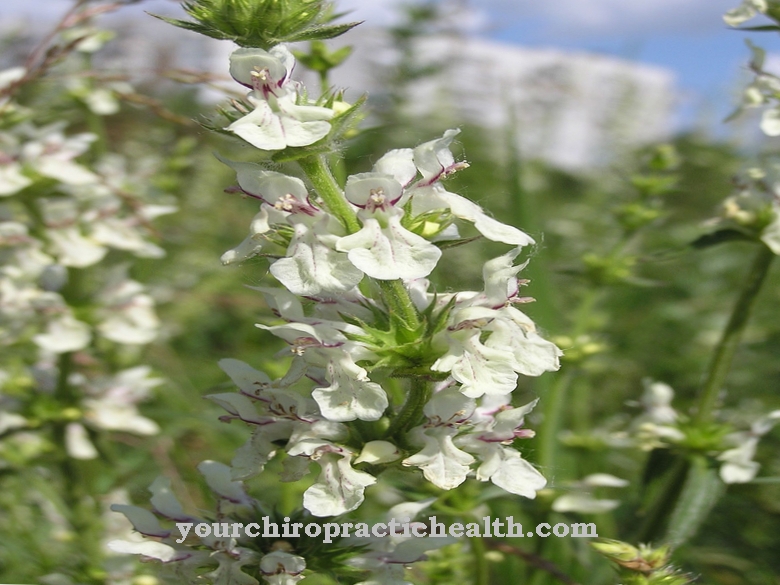
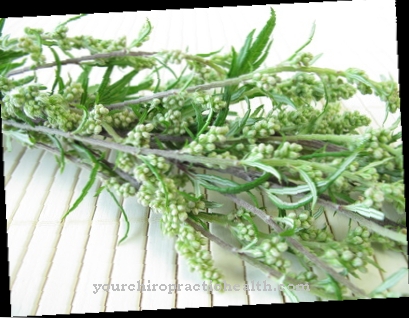
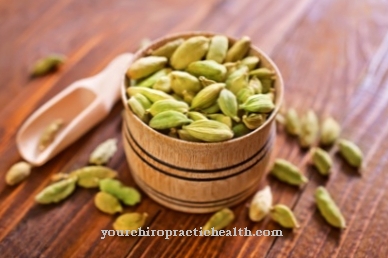
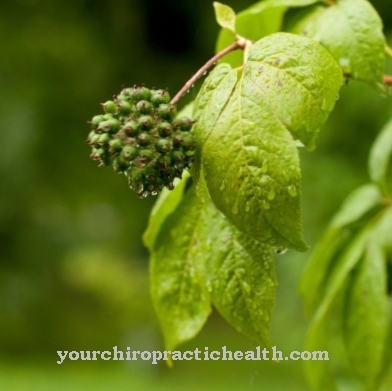
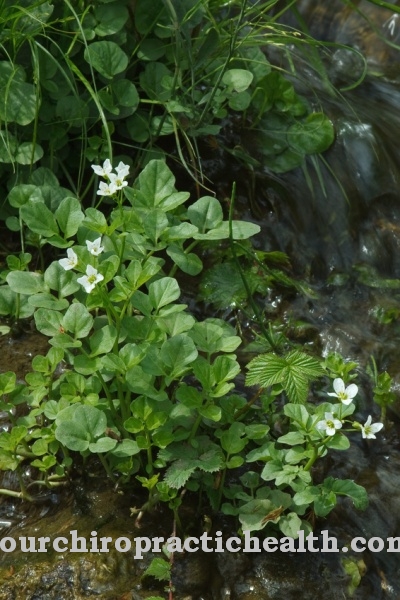
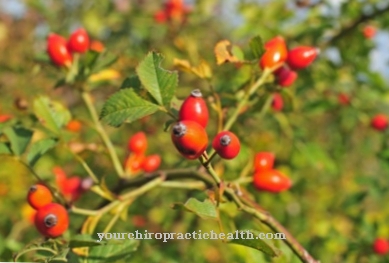







.jpg)













